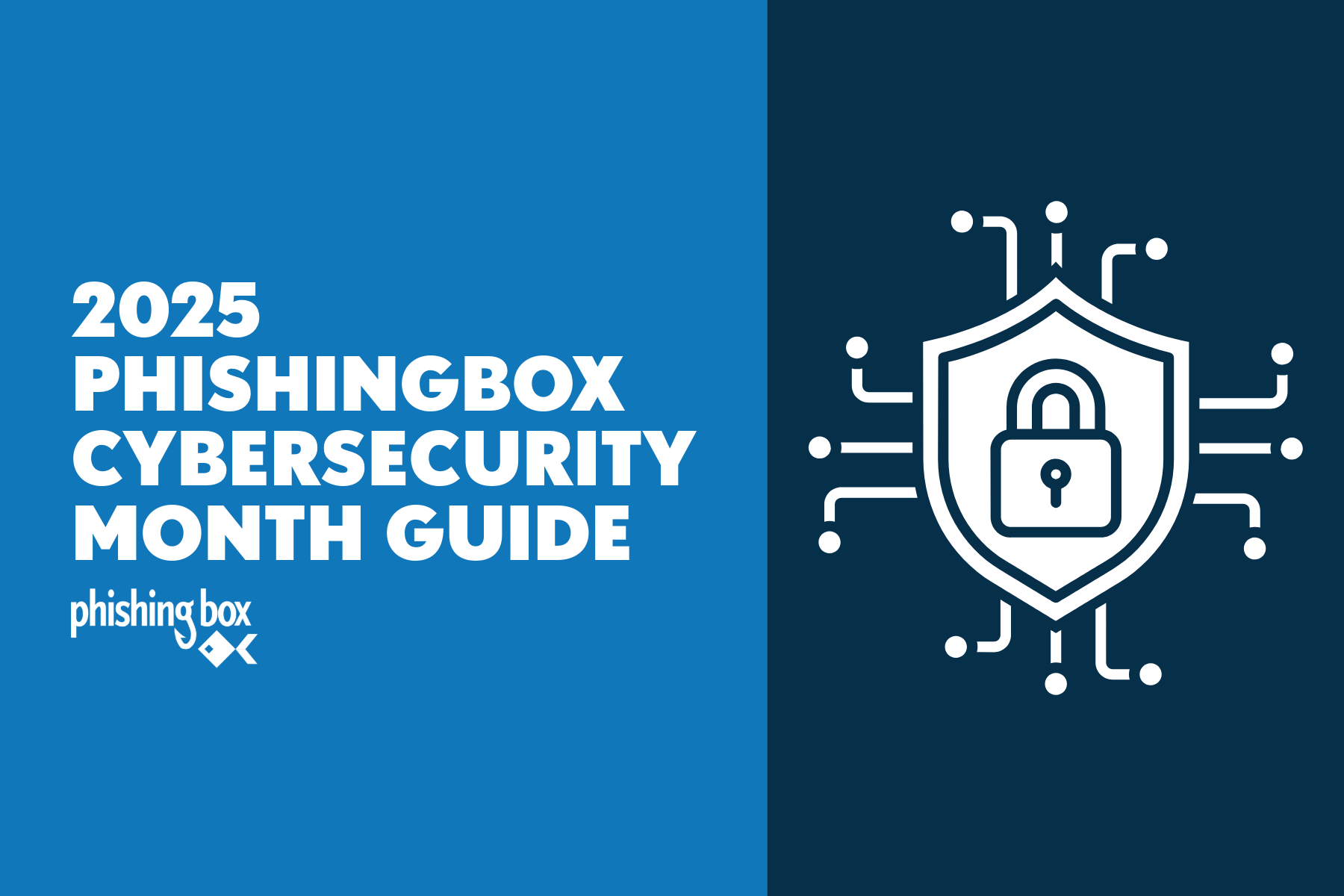Cyberattacks and cyber threats are now integrated with every facet of our daily lives. As cybercriminals continue to refine their tactics, it is crucial for organizations to bolster their defenses. While technical solutions are a major piece of the puzzle, an often overlooked but vital component is the rising need of human risk management through an effective understanding of cyberpsychology.
Understanding the Human Element
While it's easy to focus solely on the technical aspects of cybersecurity, cybercriminals continue to work around continuously improving defenses by exploiting the human element with great success. Cyberpsychology, which examines human behavior, motivations, and decision-making processes, forms the foundation of effective defense strategies. By comprehending how individuals react and respond in different situations, we can identify vulnerabilities and design strategies to mitigate threats effectively by educating and training people to be aware of their blindspots.
The Power of Phishing Simulations
Phishing attacks remain one of the most prevalent and successful attack methods employed by cybercriminals. By distributing regular simulated phishing campaigns, you enable your cybersecurity staff the ability to assess the susceptibility of employees to phishing attempts. By replicating real-world scenarios, this approach allows companies to identify weak links and provide targeted training to reinforce human defense.
Applying Psychological Principles
Robust cybersecurity combines implementing technical safeguards with a deep understanding of human psychology. Cyberpsychology incorporates various psychological principles to educate and empower individuals. Leveraging techniques like social proof, authority, and scarcity to mimic the tactics employed by cybercriminals, we can better understand problematic areas and educate our employees to be aware of the blindspots. By experiencing these scenarios in a controlled, simulated environment, employees can recognize warning signs, develop critical thinking skills, and make informed decisions when confronted with potential real-world threats.
Training and Education
Comprehensive training and education are pivotal aspects of cyberpsychology. Provide your organization with interactive and engaging training modules designed to equip employees with the right tools to remain vigilant against cyber threats. By incorporating gamification elements, real-life scenarios, and ongoing reinforcement, you ensure cybersecurity education becomes an ingrained process rather than a one-time, annual event.
The Role of Analytics
Data-driven insights serve as the lifeblood of effective cybersecurity strategies. Robust reporting and analysis allows you to monitor and evaluate the efficacy of your cybersecurity initiatives. By tracking metrics such as click rates (failure rates), susceptibility levels, and training completion rates, companies can pinpoint areas for improvement, tailor training programs, and measure the progress of their cybersecurity posture over time.
The Bottom Line
In an era where cyber threats continue to escalate, cybersecurity must extend beyond technical solutions. By integrating cyberpsychology into your cybersecurity strategy, you can mitigate risk and empower employees to become the first line of defense instead of the weakest link. PhishingBox's innovative approach combines simulated phishing campaigns, psychological principles, comprehensive training, and data-driven analytics and reporting to build a holistic cybersecurity framework. Together, we can stay one step ahead of cybercriminals and secure our digital future!



